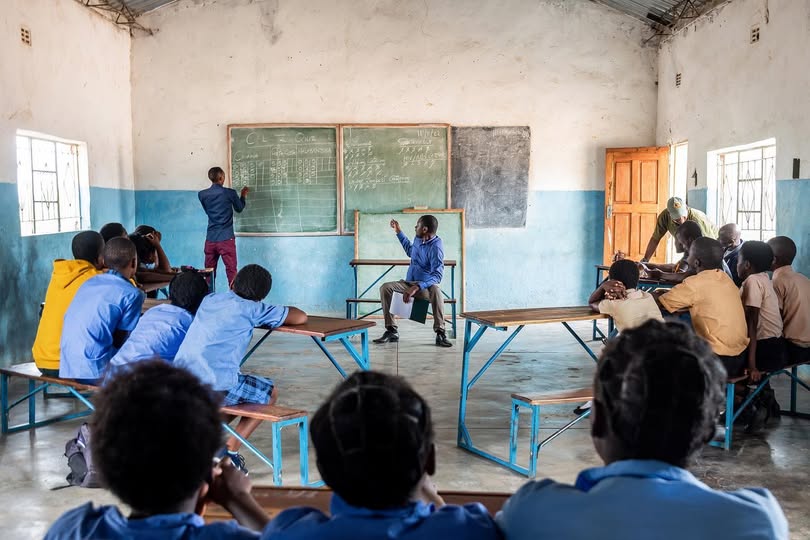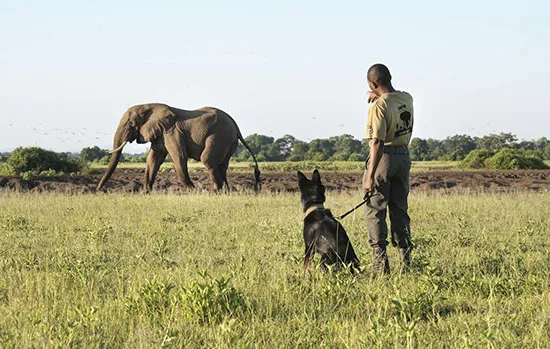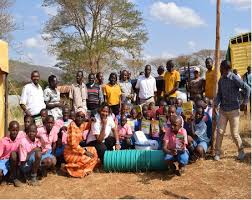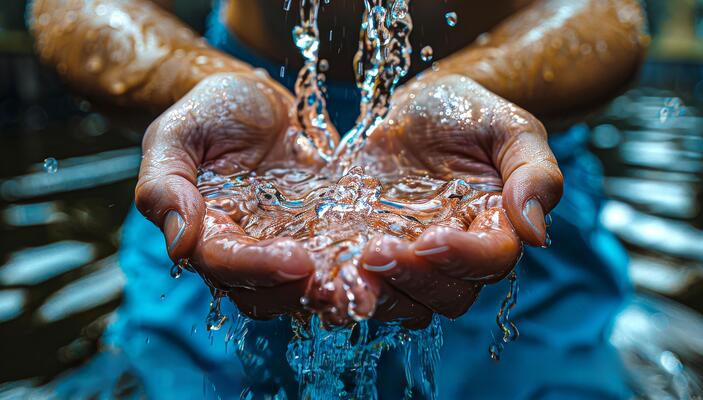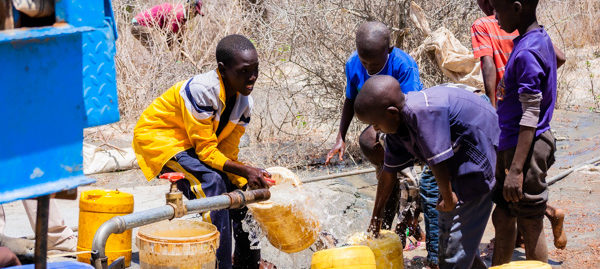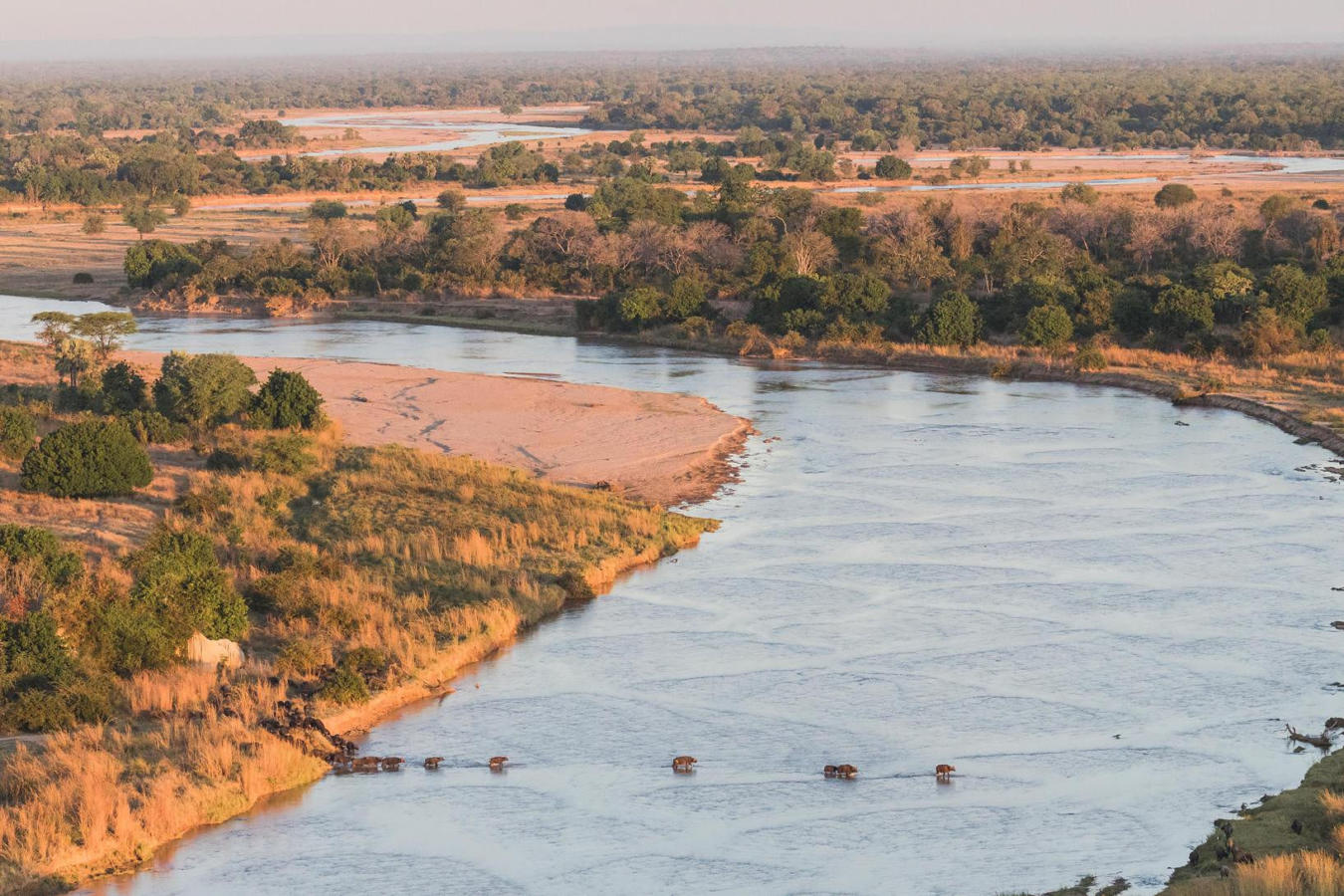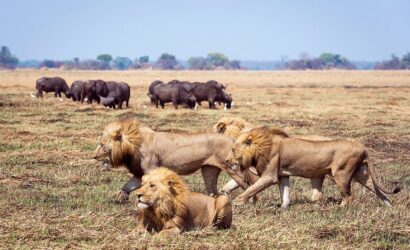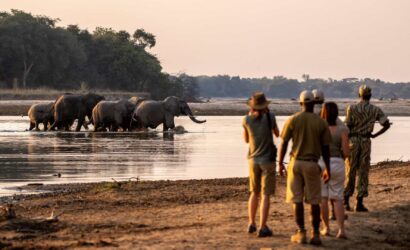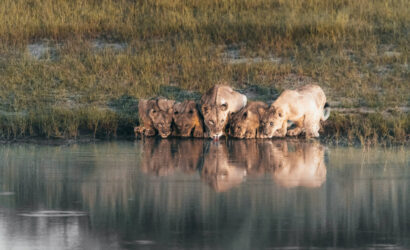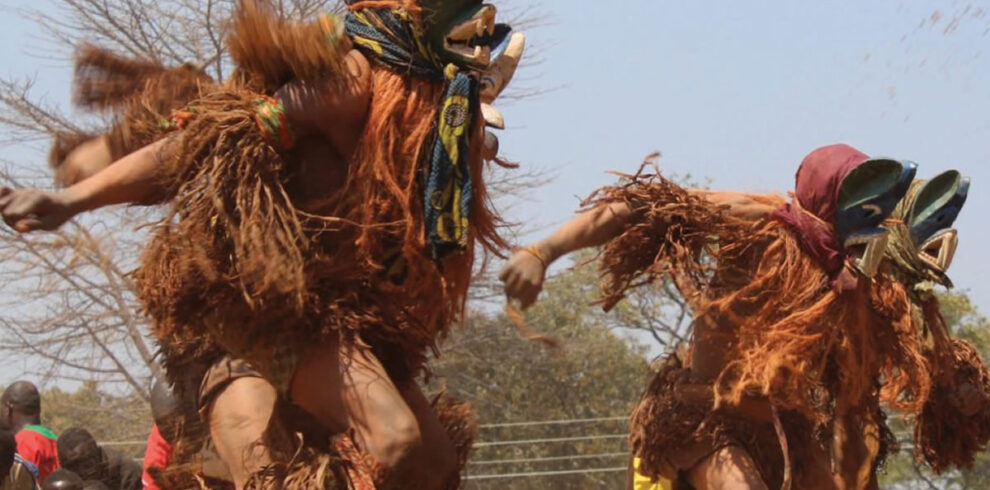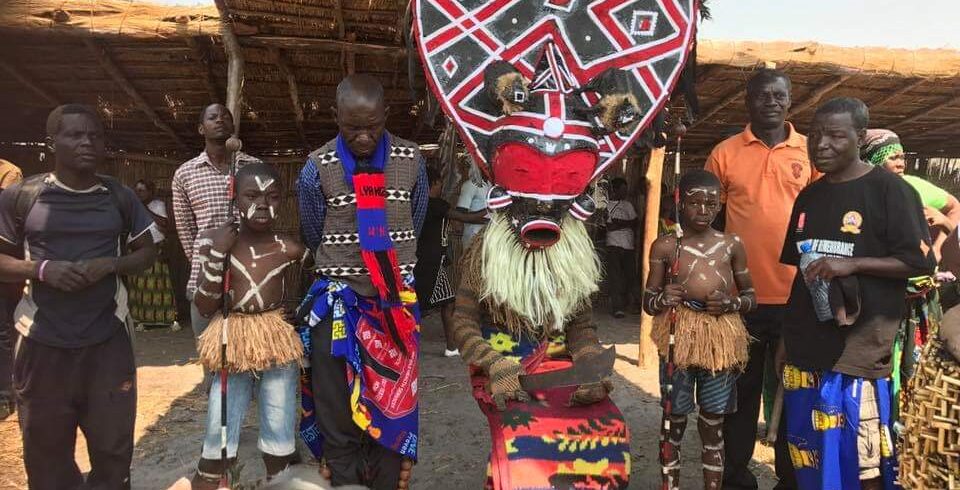Zambezi Valley & National Park
Overview
“Positive Impact Experiences” can be done as a stand-alone experience or added as an extension to other Safaris and Tours. These Experiences are created to positively impact the communities and the populations that will largely benefit from your presence!
Highlights
- Visit remote villages and collaborate with NGOs active on the territory
- Visit local schools & assist local students
- Visit remote clinics
- Learn about Human-Wildlife conflict & Anti-poaching efforts
Itinerary
The Lower Zambezi Valley is renowned for its breath-taking views and for the abundance of wildlife that lives along the shores of the Zambezi River. This valley hosts both the Lower Zambezi National Park (on the Zambian shores) and Mana Pools National Park (on the Zimbabwean shores) creating a vast protected area where animals are free to roam without boundaries. This area deserves to be visited both by river and by land in order to fully understand the wild beauty of this place. Lower Zambezi National Park is the most recent park in Zambia and one of the wildest and most picturesque in the whole Africa.
In order to accommodate the foundation of the National Park in 1983, some large communities under Chieftainess Chiawa had to be relocated dozens of kilometres away from their customary land. The abundance of wildlife has also put a strain on the local communities and villages surrounding the National Park and the Game Management Areas. Human/Wildlife conflict has been a subject of discussion for many years and numerous non-governmental bodies have tried to address the situation, resulting in a vast number of NGOs establishing themselves in this year to work together with the Chiefdoms and communities to improve the lives of the farmers, women, children and other inhabitants.
Departure after breakfast for a 140kms stretch of tarmac road (approx. 2 hours) and quick stop for a visit to the Chirundu Fossil Forest heritage site, where you will have the chance to visit a fossil site with petrified trees from more than 160,000,000 years ago and learn a bit more about the history and geography of this area.
You will then proceed to Chirundu, a small town on the border between Zambia and Zimbabwe, where we will stop for a visit to a local Mission Clinic (Mtendere Hospital).
Continue for a short stretch of gravel road to Nsofu Lodge, where we will stop for lunch. In the afternoon, guided tour of the village and communities around the lodge, followed by a river Safari that will bring you to a very remote Bush camp where you will spend three nights in spectacular luxury tents overlooking the Zambezi river. Dinner prepared by our accompanying chef.
Introduction / orientation after breakfast at camp followed by a community tour in Chiawa village, here we will have the chance to visit different humanitarian projects and rural settlements, including a visit to a remote school where you will learn about the struggles faced when providing decent education so far from civilization. During this visit, you will participate in activities to contribute to the community school in different ways.
Traditional Zambian lunch followed by a visit to local farmers to learn how they protect their fields against animals and some of the challenges they’re faced with in this area. Return to camp before sunset. Dinner at the lodge.
Day dedicated to wildlife, the efforts spent in its protection and to prevent conflict with human settlements. Breakfast at Camp. You will start with a visit to Conservation Lower Zambezi (CLZ), a non-governmental organization committed to the conservation of wildlife and the environment in the Lower Zambezi, which provide support to DNPW (Department of National Parks and Wildlife) and help them fulfill their mandate to mitigate threats to wildlife from poaching in the region. The team will take us through the various projects they are undertaking and how beneficial they are to the local population in this area.
Game drive in the Lower Zambezi National Park with picnic lunch in the park and return boat transfer to the camp before sunset. Here you will be accompanied by a scout from Department of National Parks and Wildlife who will explain and
Early wake and breakfast at the lodge followed by a morning game drive. You will be accompanied by a scout from Department of National Parks and Wildlife who will take you through some lessons on how they patrol the park and also di-snare trapped wild animals in the park that are as a result of illegal poaching.
Return to the lodge for Lunch and afternoon night game drive thereafter to follow. Dinner at the lodge and night lodging.
Breakfast at the lodge. Depending on your arrangements for the next art of your journey, you will be transferred to your relevant destination. End of arrangements
Rates
The Rates Include:
- All accommodations indicated in the itinerary, with the specified arrangements
- All meals specified in the itinerary
- Vehicle, fuel, certified professional local guide (English speaking), chef
- All Park Entry fees
- All activities & visits specified in the itinerary
The Rates Exclude:
- International flights
- Alcoholic beverages
- Visas
- Activities not offered by African View Tours and Safaris and not specified in the itinerary / specified as “optional”
- Personal comprehensive insurance
- Personal expenses
- Tips (Tips are not compulsory, but always welcomed. We suggest: 5 US$ per day per person /couple for the chef, 10 US$ per day per person /couple for the local guide, on discretion for the international guide, when present)
- Anything not stated under “standard inclusions”
FAQs
Annapurna Base Camp is a Grade B or a moderately difficult trekking route. So any fit person can do this trek, even if you do not have any previous experience. You should be aware of what to expect and mentally prepare for it. Then, as long as you will too, you can.
On average, you walk about 4 to 6 hours per day. One or two days can be as less as 3hrs and one or two days can be as long as 7hrs.
The highest altitude reached is 4190m. This is the elevation of Annapurna Base Camp. ABC is the highest we will climb in this trek.
Yes, you can charge batteries en route. Charger should be brought. There are hot shower facilities as well. You may have to pay a certain amount for both ($1-$2). Negotiate. Also, a hot water facility could be free at a lower elevation.
No. There are no ATMs on this trek route. You will have to draw enough cash in Pokhara or Kathmandu. There are a number of ATMs in these cities. Everything is paid in Nepali rupees. So money should be exchanged before the start of the trek.
Yes. The Internet can be accessed in most places. Sometimes, there might be some technical problems. The Internet in Nepal is not as fast as you are used to and at times you can just lose connection.
Not really. It depends on you. If you want, ABC trekking can be done independently. You could hire a guide and a porter by yourself instead of going through an agency or not hire a guide at all. Although, not having a guide can be a little problematic during the offseason.
It really depends on you. Is it your first time in Nepal? How confident are you of being able to find your way around? How pressed on time are you? If you go through an agency, it will be costlier but everything will be planned. You will only have to come, trek and return.
For the Annapurna region, pay for guides range from $20 to $30 per day and porters take $15 to $25 per day.

